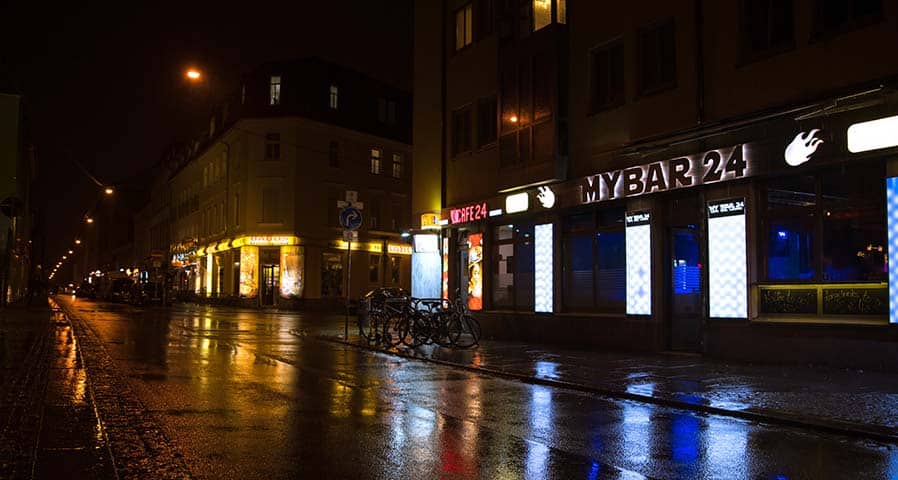Daylighting Controls & Daylight Savings: Optimizing Natural Light Through the Changing Seasons
Studies have shown that natural lighting has proven to improve workplaces by helping employees be more comfortable and efficient. As…

Lighting technology is constantly advancing. Along with illuminating areas, LED lighting can sense when a room is occupied, change colors, act as an alarm, and so much more. Let’s take a look at some LED tech trends you should be aware of before starting a retrofit or installing next gen LED lighting in your building.
Here are seven LED tech trends you may want to incorporate into your lighting system.
New lighting technology focuses on creating a comfortable environment. Known as human-centric lighting, it allows you to use various features to improve the room’s ambiance.
Color-tuning improves the light’s quality by working with the body’s natural circadian rhythms. For example, hospitals can use LED technology to produce blue-colored light which encourages alertness in areas where healthcare professionals operate. Red light has the opposite effect. LEDs producing red light can help patients relax and sleep at night.
Human-centric lighting also applies to occupancy and dimming sensors. Dimmers can brighten or reduce lighting according to the amount of daylight in the room. Occupancy sensors automatically turn the lights on and off depending on if the room is in use. These sensors reduce electrical usage, saving companies money on utility bills. LED sensors also reduce your carbon footprint, helping you meet your sustainability goals.
LED tech trends include lighting sensors capable of communicating with each other. Smart light fixtures can turn on and off with a motion sensor or sound. An example of IoT is Amazon’s Alexia device. You can turn your lights on and off with a simple voice command.
People suffering from seasonal affective disorder (SAD) can benefit from light therapy systems. The devices emit specific types of light that can improve an individual’s mood. The features vary, according to the system’s price.
Synchronized lighting systems are commonly used with holiday decorations. Think of the houses where their Christmas flash in time with the music. These systems can also be used in the home. The lighting can adjust according to your TV screen’s brightness.
Natural lighting is beneficial for multiple reasons that include boosting vitamin D levels. Some buildings allow for plenty of natural light, while others lack windows. New LED technology is making it possible to simulate natural lighting with a solar-powered robot. The robot, currently being manufactured by Solenica produces natural light.
3D printers are capable of producing lampshades and lightbulbs, along with a host of other products. Many of the blueprints are available online, including the popular LED bridge lamp.
Some of the newest lighting technology includes Lifi. The technology works similarly to Wi-Fi, hence the similarities in name. There is one primary difference between Wi-Fi and Lifi. While Wi-Fi uses radio signals to send and receive messages, Lifi uses light waves. It is noticeably faster than Wi-Fi. The system is incredibly efficient and reduces overall energy usage.
Unlike older types of lighting like fluorescent and halogen bulbs, LEDs longevity is making it possible for the fixtures to be built into the walls and ceilings. These types of LEDs are designed to fit seamlessly in place without disrupting the area’s appearance.
LED technology is constantly advancing, and it can be difficult to keep up with the innovations. To learn more about the new LED technology, by joining our Next Gen LED newsletter, or contact us with your questions today! Call 610-558-9773, emailing [email protected], or schedule a call that fits your needs by clicking the button below.